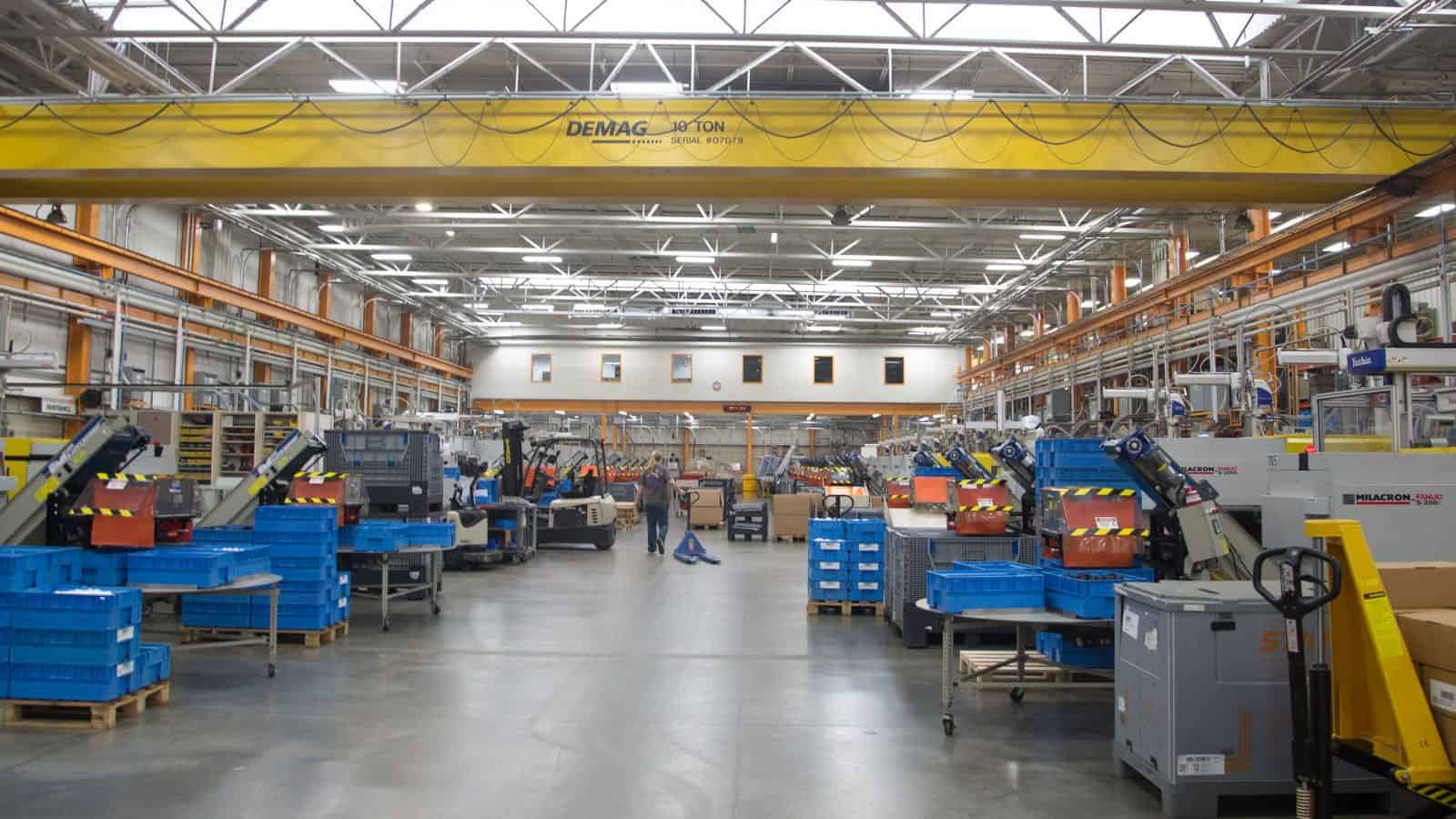NAM to FAR Council: Rescind Proposed Climate Rule

A draft rule to force federal contractors to make specific and detailed climate disclosures is burdensome, unrealistic and costly to manufacturers. It should be rescinded completely, the NAM told the Federal Acquisition Regulatory Council this week.
The background: In November, the FAR Council—which is composed of the Defense Department, the General Services Administration and NASA—proposed a rule to require climate disclosures from federal contractors, many of whom are manufacturers. The proposed rule would require contractors with more than $50 million in annual federal contract obligations to:
- Disclose their greenhouse gas emissions, including so-called Scope 3 emissions (those attributable to the suppliers and customers throughout a company’s value chain);
- Set targets to reduce their greenhouse gas emissions within a decade (including Scope 3 emissions) based on standards set forth by a third-party nonprofit organization, the Science-Based Targets initiative, and get the targets validated by SBTi; and
- Disclose their climate-related financial risks pursuant to a framework written by a second nonprofit group, the Task Force on Climate-Related Financial Disclosures, and submit those risk disclosures to yet another nonprofit (CDP, formerly the Carbon Disclosure Project).
Why it’s a problem: Compliance with the proposed rule would be difficult, if not wholly unfeasible, prohibitively expensive and time-consuming, NAM Managing Vice President of Tax and Domestic Economic Policy Chris Netram told the FAR Council. It would also impact small businesses within federal contractors’ supply chains given the rule’s focus on Scope 3 disclosures and target setting.
- “The proposed rule would impose significant costs on manufacturers as they work to meet the complex—and in many cases impractical or impossible—requirements of the rule,” Netram said.
- “As a result, manufacturers providing critical goods and services to the federal government, as well as the businesses throughout their supply chains, will be directly and adversely impacted … The national security of the United States could likewise be harmed, as critical contractors could be disqualified from supplying the military, and the required disclosures could expose sensitive information to America’s adversaries.”
What can be done: The FAR Council should rescind the proposed rule in its entirety, Netram said, but if it is intent on making changes, “it must re-propose a rule with substantial revisions to make its requirements more cost-effective and workable for federal contractors and more narrowly tailored to the actual climate-related risks to which the federal government is exposed.”
NAM to EPA: Reverse WOTUS Rule
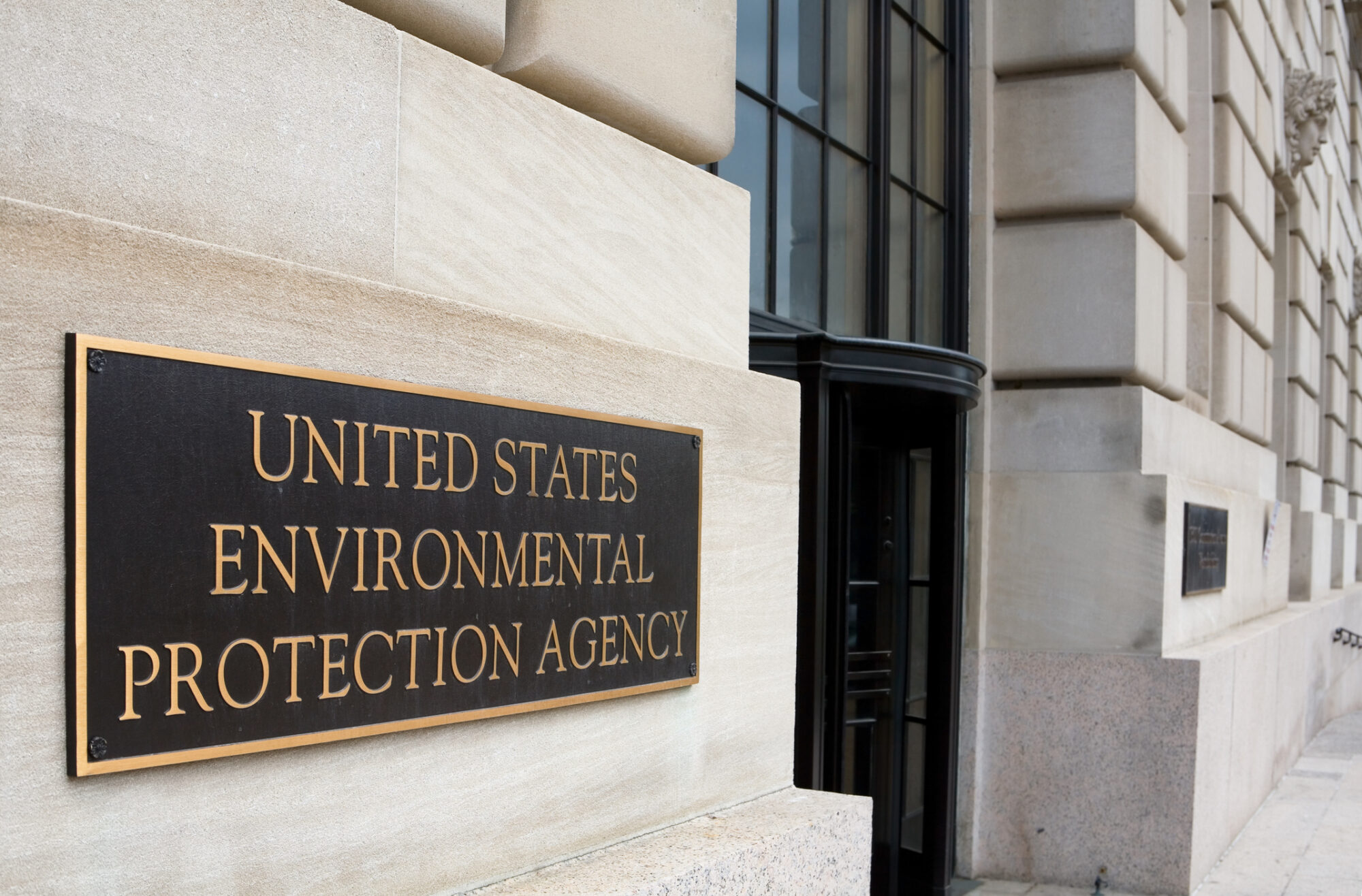
The Environmental Protection Agency’s recently issued rule governing regulation of “navigable waters” is unnecessary, confusing and inconsistent—and the NAM stands ready to work with Congress to overturn it.
The background: In December, the EPA and the U.S. Army Corps of Engineers announced the new regulation, which repealed the Navigable Waters Protection Rule and altered the definition of “Waters of the United States.”
- This month, House Transportation and Infrastructure Committee Chairman Sam Graves (R-MO) introduced a joint resolution of disapproval of the rule under the Congressional Review Act. An identical measure was introduced in the Senate.
- The NAM this week hailed the congressional moves. “Manufacturers welcome action from Congress to challenge the EPA’s proposed WOTUS Rule,” said NAM President and CEO Jay Timmons.
What’s going on now: Ahead of a Transportation and Infrastructure Committee hearing Wednesday, NAM Senior Director of Energy and Resources Policy Nile Elam urged the “educat[ion of] the public and policy stakeholders regarding the immense permitting regulatory efforts necessary under local and state jurisdictions, and the need for a complementary WOTUS rule that advances permitting protections at the federal level while providing certainty for the regulated community.”
- Though many Supreme Court decisions have “touched on” the definition of navigable waters, neither the court nor the EPA has clarified sufficiently, Elam told Water Resources and Environment Subcommittee Chairman David Rouzer (R-NC) and Ranking Member Grace Napolitano (D-CA).
- The new rule also “expands federal jurisdiction beyond traditional navigable waters,” Elam said. “Because of these expansions and ambiguous terms, the careful balance between local and state regulators is unpredictable and can leave permit seekers with little guidance, aside from the need for more time and money to achieve their permitting requests.”
What should come next: Congress must work with stakeholders, the EPA and the Corps on creating clear, predictable and common-sense WOTUS regulations, Elam told the committee. Doing so will “enhanc[e] manufacturers’ ability to deliver their goods, expand their operations and grow their workforce.”
NAM Pushes Back on Harmful New Air Regulations
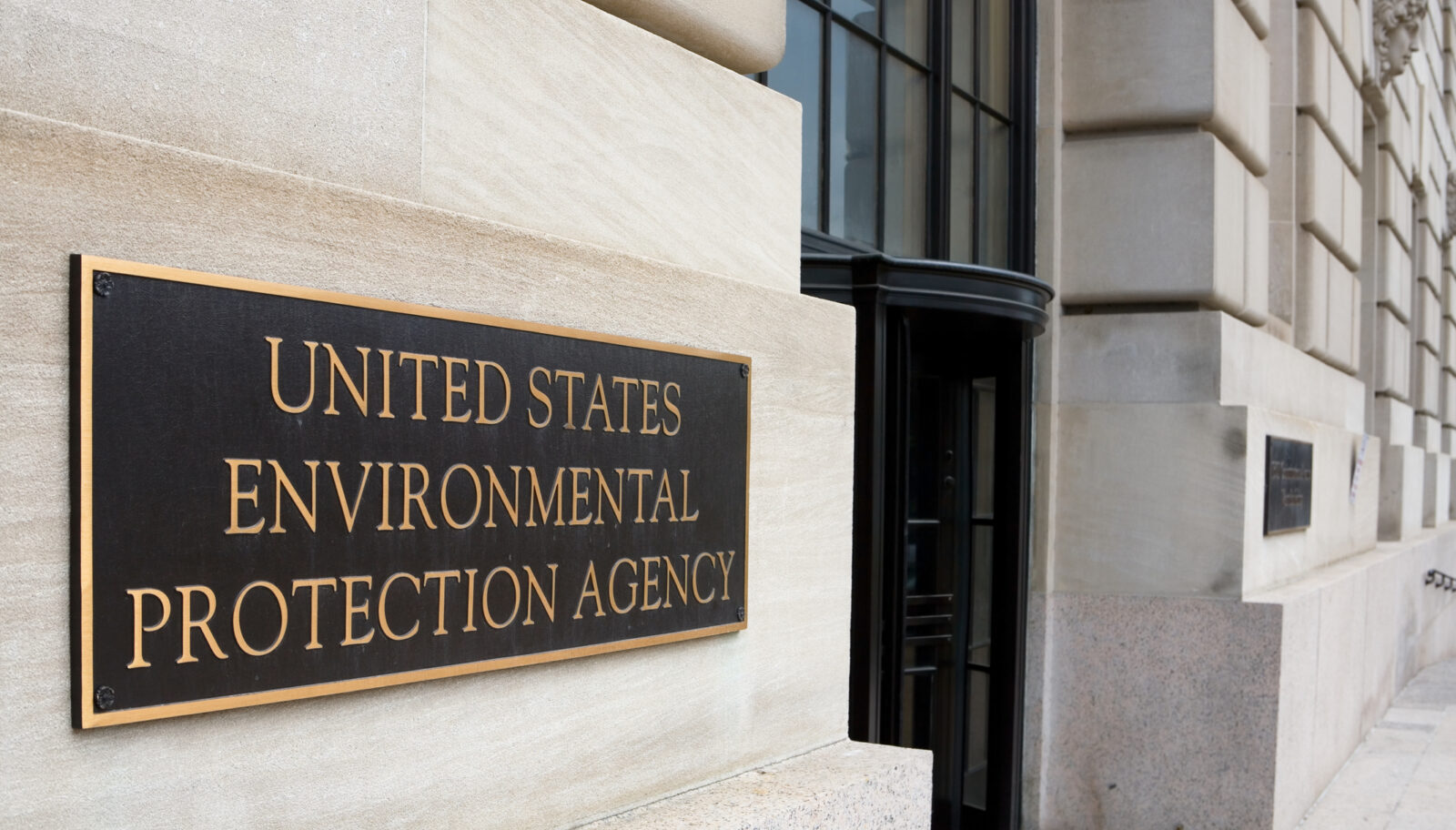
Manufacturers have long led the way in efforts to reduce air pollution and improve air quality. Yet, new proposed regulations from the federal government will work against these efforts instead of bolstering them, stymying critical progress and destabilizing economic growth at a time when both are more important than ever.
The challenge: The Environmental Protection Agency is considering a new rule that would impose stricter air standards on particulate matter known as PM2.5 (i.e., particles that measure two and a half micrometers or less in diameter). This rule would enact significant top-down restrictions, forcing manufacturers to change their operations abruptly and without any support.
The reality: For years, manufacturers across all sectors have been developing smart, innovative ways to use energy, water and other resources more sustainably—all while boosting economic growth and creating good jobs at the same time.
- Today, manufacturing in the U.S. is cleaner and greener than at any other time in history, largely due to a revolution in how manufacturers produce, use and recycle energy and resources.
- Across the board, levels of major pollutants have declined dramatically over the past few decades. Thanks to existing regulations and a culture of innovation, the U.S. is far outpacing global competitors in environmental stewardship.
By the numbers: According to the EPA, the U.S. reduced six common pollutants covered by National Ambient Air Quality Standards, including PM2.5, by 78% between 1970 and 2020. In fact, PM2.5 levels alone have dropped a full 44% since 2000.
The impact: These new regulations could be devastating for manufacturers and for the climate. Here are just a few of the negative repercussions:
- An additional regulatory burden on businesses will drain resources from innovative manufacturers, posing additional hurdles to the investment in research and development that fuels progress in energy efficiency and climate action.
- Making permitting harder could also jeopardize new clean energy projects that America needs to address climate change.
- The standards will hinder onshoring, resulting in continued manufacturing abroad—which is less clean than manufacturing in the U.S. The EPA’s proposal undercuts U.S. competitiveness and will not further the goal of global emissions reduction.
- New regulations could damage an already-slowing economy, increasing costs and constraining job growth at a time when Americans are grappling with record inflation.
Our view: Rather than imposing new and unnecessary obligations on manufacturers, the federal government should focus on enforcing the strong regulations that are already in place and give manufacturers the space to find better solutions.
- “The EPA’s announcement . . . [about reconsidering] the PM 2.5 standard will only further weaken an already slowing economy,” said NAM President and CEO Jay Timmons. “Let manufacturers do what they do best: innovate and deploy modern technologies to protect the environment, while creating jobs and strengthening the economy.”
NAM in action: The NAM is rallying manufacturers to speak out against the EPA’s proposal and calling on Congress to oppose these harmful regulations.
- Manufacturers can show their support by sending an email to decision makers in Washington, explaining the real impact of this damaging proposal and urging them to stand up against unnecessary regulations.
Join in: There is an EPA hearing to discuss the proposal on Feb. 21. To participate, be sure to sign up soon—the registration deadline is Feb. 16.
NAM to FTC: Noncompete Rule Would Harm Manufacturers
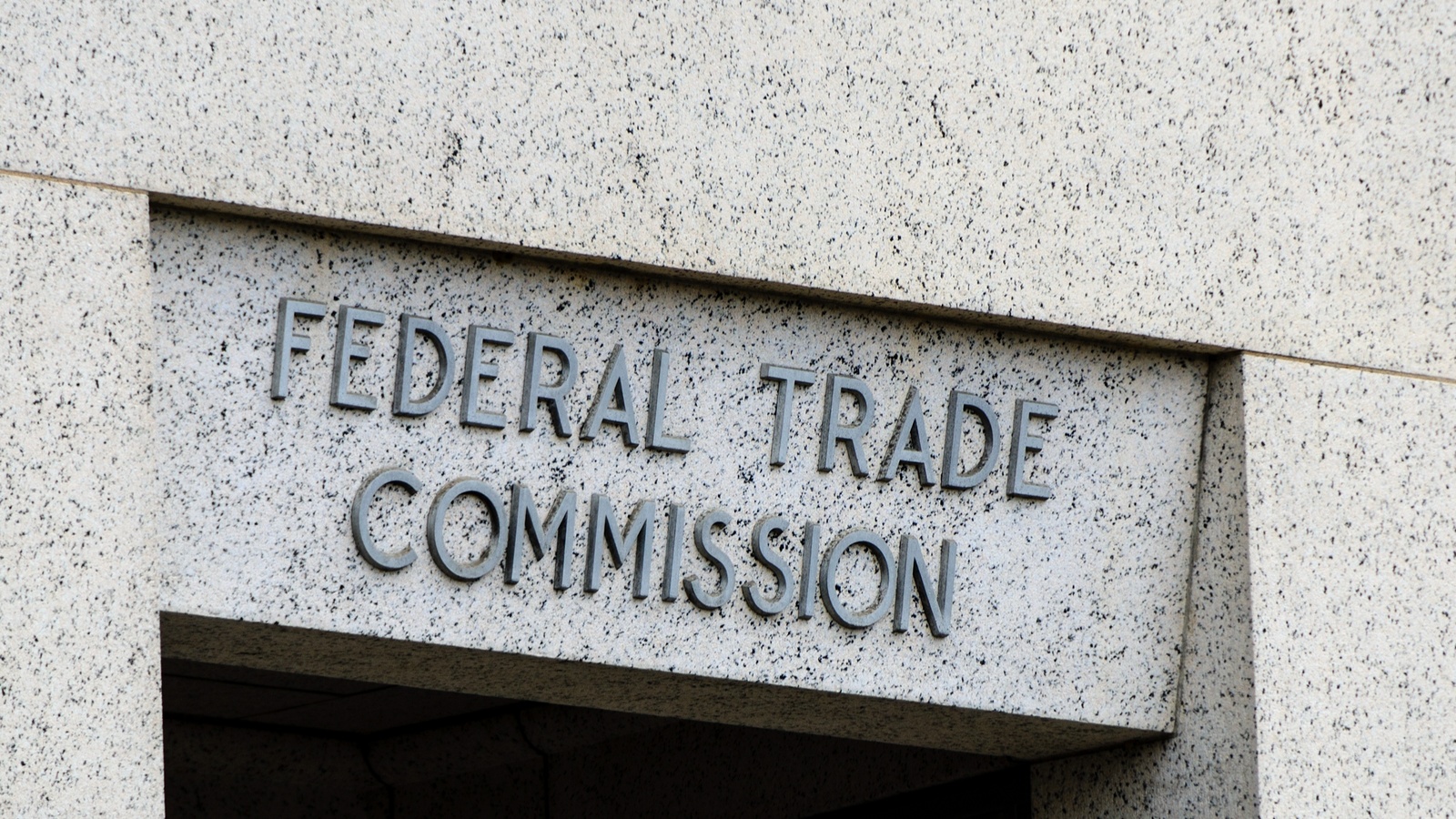
The NAM is urging the Federal Trade Commission to extend the comment period on its recently proposed rule to ban noncompete agreements in the workplace, citing the rule’s broad economic impact and significant legal implications.
The background: On Jan. 5, the FTC proposed a rule that would prohibit employers from imposing noncompete agreements on workers, calling such clauses “an unfair method of competition” and saying they prevent the forming of new businesses and result in lower wages for all workers.
What the NAM is doing: The NAM opposes the proposed change, and the association joined a coalition of other business groups this week requesting that the public comment period, which runs through March 20, be extended by 60 days. The reason: the proposal would have far-reaching legal consequences for manufacturers, including risks to intellectual property.
- “A sufficient comment period is needed to ensure the regulated community can fully assess [the rule’s] effects,” the coalition told FTC Secretary April Tabor. “Moreover, there are significant legal questions that must be addressed by commenters.”
- “Among the issues raised by the FTC action is whether the Commission has the legal authority to issue such a rulemaking, the rule’s potential preemption of the numerous state laws and regulations on this issue, and how such preemption will alter the regulated community’s legal obligations.”
Working for manufacturers: The NAM is exploring all possible avenues, including congressional oversight and litigation, to mitigate the impacts of the proposed rule. Litigation is contingent on financial support from NAM members, as all of the NAM’s activities in the courts are funded outside of member dues.
NAM Legal Center Hits the Ground Running in 2023
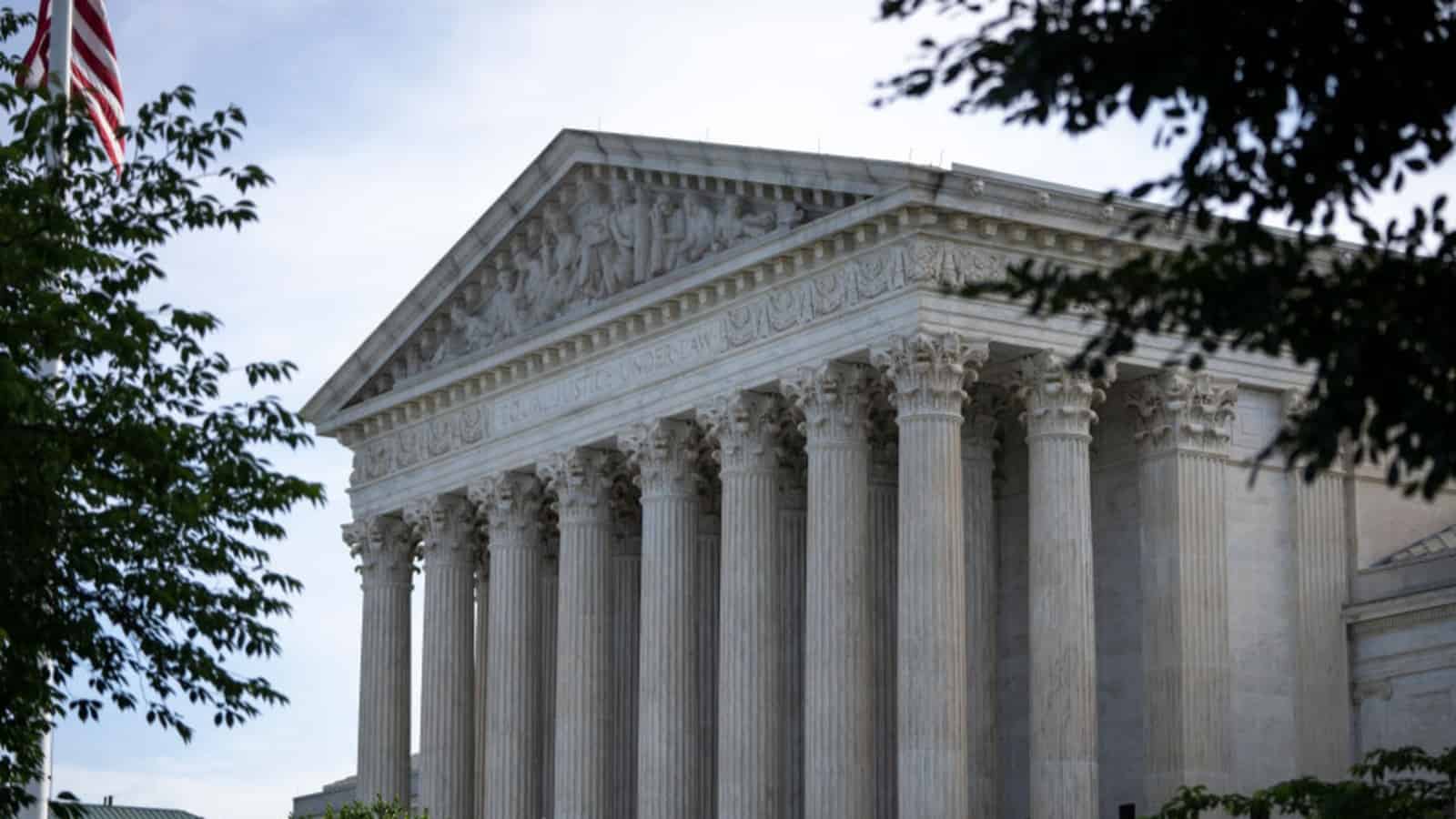
It’s a new year, there’s a new Congress, and the NAM Legal Center is renewing its efforts to stand up for manufacturers in courtrooms across the country. Coming off a successful 2022, in which it achieved pivotal wins holding the Securities and Exchange Commission accountable to the rule of law and protecting a vital visa program for high-skilled workers, the NAM Legal Center is planning on a similar sweeping defense of the industry in 2023. Here’s what you need to know.
What it is: The NAM Legal Center is the leading voice for manufacturers in the courts. Enlisting the best and brightest legal minds—and funded through voluntary contributions from NAM members—the NAM Legal Center promotes manufacturing interests by reining in regulatory overreach, protecting vital manufacturing policies and priorities and litigating on behalf of impacted manufacturers across the United States.
Why it matters: “When lobbying efforts fall short, and a new rule or statute goes into effect, the last line of defense is the court system,” said NAM Deputy General Counsel for Litigation Erica Klenicki. “We step in to be a forceful advocate on behalf of the industry, fighting difficult fights and working to overturn harmful policies.”
Achievements: The NAM Legal Center has notched a number of critical victories for manufacturers over the past several years, including:
- Halting the SEC’s efforts to indefinitely suspend lawful regulation of proxy advisory firms without any rulemaking process, in a case called NAM vs. SEC;
- Preserving the STEM OPT Program, which provides thousands of highly skilled workers for manufacturers, in Alliance of Technology Workers v. Dep’t of Homeland Security;
- Safeguarding crucial tax fairness rules for exports in NAM vs. Dep’t of the Treasury;
- Defeating unlawful restrictions on critical visa programs in NAM, et al. v. Dep’t of Homeland Security and USCC, NAM, et al. v. Dep’t of Homeland Security;
- Blocking the Consumer Product Safety Commission’s intrusion into chemical regulation in Ass’n of Mfrs. v. CPSC;
- Invalidating an Environmental Protection Agency rule that severely restricted land use by imposing vague and overbroad permitting requirements in American Farm Bureau Federation v. EPA and Georgia v. Wheeler; and
- Overturning a National Labor Relations Board mandate that required employers to prominently post a notice of employee rights in the workplace in NAM v. NLRB.
Coming up: The NAM Legal Center is gearing up to tackle a number of critical issues for manufacturers in 2023, Klenicki says. High on the list are the activist NLRB, the administration’s aggressive environmental, social, and governance agenda and the Federal Trade Commission’s efforts to broadly regulate the labor market.
The last word: “Right now, we’re seeing a significant uptick in executive action, and given the divided Congress, that action is only going to increase over the coming year,” said Klenicki. “We’re prepared to bring litigation as needed to challenge overreaching policies and defend manufacturing competitiveness.”
For more information, or to support the NAM Legal Center’s work, contact Klenicki at [email protected].
House Unveils New China Committee
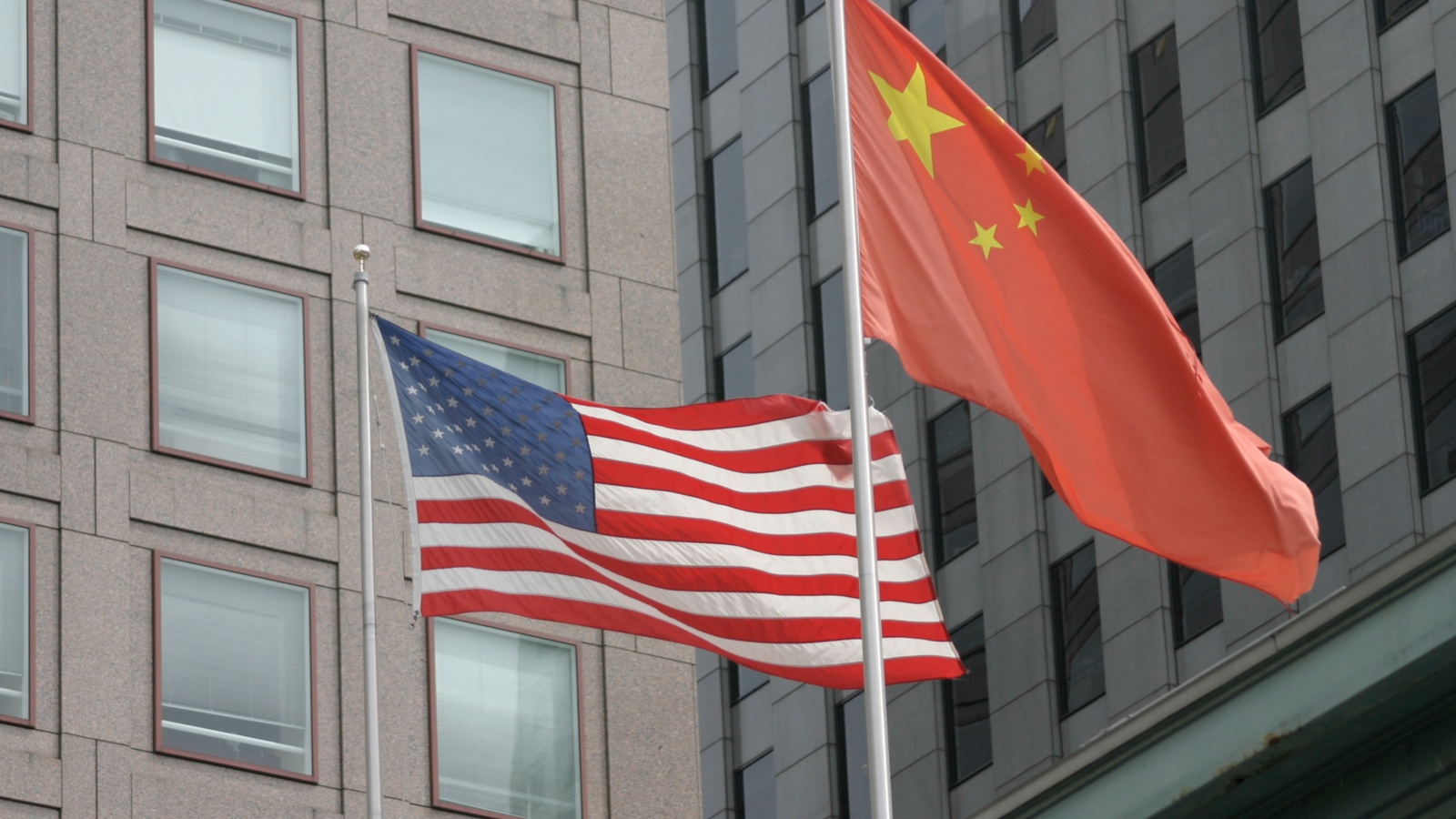
The House of Representatives has made a key move this week to strengthen its oversight of the complex U.S.–China relationship—a development that the NAM supported.
The House has established the Select Committee on the Strategic Competition Between the United States and the Chinese Communist Party, which will aim to “investigate and submit policy recommendations on the status of the Chinese Communist Party’s economic, technological and security progress and its competition with the United States,” according to the bill.
Why it’s important: The NAM has long called for more robust efforts to reset the relationship and hold China accountable for discriminatory economic practices and policies.
- These practices have had a deleterious effect on U.S. manufacturing competitiveness, as NAM Vice President of International Economic Affairs Ken Monahan told Acting Assistant U.S. Trade Representative for Trade Policy and Economics William Shpiece in September.
- “From unfair import and export subsidies and industrial policies to intellectual property theft, manufacturers and workers in the U.S. face an unfair playing field that harms manufacturing in the U.S. and holds back the industry,” Monahan said.
What can be done: The NAM continues to advocate several key actions, which it enumerated last May to the new committee’s predecessor, the House Foreign Affairs Committee’s China Task Force. These include:
- Boosting domestic investment in manufacturing, supply chains and infrastructure here at home;
- Increasing U.S. leadership in writing the rules of trade—globally through leading the modernization of the World Trade Organization and regionally through steps to join the Comprehensive and Progressive Agreement for Trans-Pacific Partnership and new frameworks such as the Indo-Pacific Economic Framework;
- Working at home and with allies abroad to tighten pressure on China to fully meet its trade and economic commitments and halt problematic trade behaviors; and
- Upgrading national security regulatory frameworks such as investment security and export controls through targeted, effective reforms.
The final word: “We have to get China right: the U.S.–China economic relationship has long needed a reset to work for manufacturers large and small across the country grappling with harmful and discriminatory Chinese trade behaviors,” said NAM Senior Director of International Trade and Regulatory Affairs Ryan Ong.
- “Manufacturers welcome robust efforts by Congress and the broader U.S. government to level the playing field for manufacturers and allow them to compete fairly everywhere, including in the U.S., China and around the world.”
NAM Continues Fight for SEC Proxy Advisory Firm Rule
Washington, D.C. – On Friday, the National Association of Manufacturers filed its opening brief before the U.S. Court of Appeals for the 5th Circuit in NAM v. SEC, appealing a lower court ruling dismissing its challenge to the Securities and Exchange Commission’s unlawful rescission of the 2020 proxy advisory firm rule. NAM Chief Legal Officer Linda Kelly released the following statement on the appeal:
“As we said in district court, the SEC engaged in arbitrary and capricious rulemaking in rescinding this commonsense rule. The Administrative Procedure Act requires federal agencies to explain the basis for significant policy reversals, rely on logical reasoning and allow interested parties a meaningful opportunity to provide comment—standards the SEC clearly failed to meet.
“The NAM Legal Center will continue to fight to preserve the 2020 rule in full and protect manufacturers from the SEC’s dramatic about-face.”
Background:
The NAM has long called for increased oversight of proxy advisory firms. In July 2020, the SEC issued final regulations to enhance transparency and accountability for proxy firms, a move NAM President and CEO Jay Timmons called a “long-sought, major win for the industry and millions of manufacturing workers.” The NAM has been the leader in protecting the 2020 rule in court:
- In October 2020, the NAM filed a motion to intervene in ISS v. SEC (ISS’s attempt to overturn the 2020 rule) in support of the SEC’s authority to regulate proxy firms. That case, with the NAM as an intervenor-defendant, is pending before the U.S. District Court for the District of Columbia.
- In June 2021, the SEC announced that it was suspending enforcement of the 2020 rule; the NAM filed suit against the SEC in October 2021 challenging this unlawful suspension. The U.S. District Court for the Western District of Texas ruled for the NAM in September 2022, overturning the SEC’s suspension of the 2020 rule.
- In November 2021, the SEC proposed to rescind critical portions of the 2020 rule. The SEC finalized the rescission in July 2022—and the NAM quickly filed suit, saying that “the SEC’s arbitrary actions to rescind this commonsense regulation clearly violate its obligations under the Administrative Procedure Act.” In December 2022, the U.S. District Court for the Western District of Texas granted summary judgment in favor of the SEC, failing to engage with the substance of the NAM’s APA claims.
-NAM-
The National Association of Manufacturers is the largest manufacturing association in the United States, representing small and large manufacturers in every industrial sector and in all 50 states. Manufacturing employs more than 12.9 million men and women, contributes $2.77 trillion to the U.S. economy annually and accounts for 55% of private-sector research and development. The NAM is the powerful voice of the manufacturing community and the leading advocate for a policy agenda that helps manufacturers compete in the global economy and create jobs across the United States. For more information about the NAM or to follow us on Twitter and Facebook, please visit www.nam.org.
Manufacturers Need WOTUS Proposal That Provides Permitting Certainty
Manufacturers cannot invest with confidence when the rules keep changing
Washington, D.C. – Following the release of the Environmental Protection Agency’s proposed new Waters of the United States rule, National Association of Manufacturers Senior Vice President of Policy and Government Relations Aric Newhouse issued the following statement:
“The EPA is unnecessarily rewriting critical permitting standards and tossing aside Supreme Court precedent in the process. This moving target frustrates efforts to expand domestic manufacturing and create well-paying jobs. Manufacturers cannot invest with confidence when the rules keep changing.
“Manufacturers need a sensible WOTUS proposal that provides permitting certainty and allows the industry to continue leading on environmental stewardship.”
In 2023, the Supreme Court is expected to issue a decision in Sackett v. EPA, a case that will determine the jurisdiction of the Clean Water Act and all regulations within its authority. Previously, the NAM submitted multiple sets of comments regarding the 2015 WOTUS rule to better inform policymakers. In addition, the NAM supported the 2017 executive order instructing the EPA to rescind the rule, and the NAM Legal Center had been in active litigation against the rule starting in 2015. The legal battle included a unanimous victory for the NAM at the U.S. Supreme Court on a key procedural issue, and in 2019, federal judges invalidated the rule.
-NAM-
The National Association of Manufacturers is the largest manufacturing association in the United States, representing small and large manufacturers in every industrial sector and in all 50 states. Manufacturing employs more than 12.9 million men and women, contributes $2.77 trillion to the U.S. economy annually and accounts for 55% of private-sector research and development. The NAM is the powerful voice of the manufacturing community and the leading advocate for a policy agenda that helps manufacturers compete in the global economy and create jobs across the United States. For more information about the NAM or to follow us on Twitter and Facebook, please visit www.nam.org.
NAM, KAM Win on SEC Bond Rule Interpretation
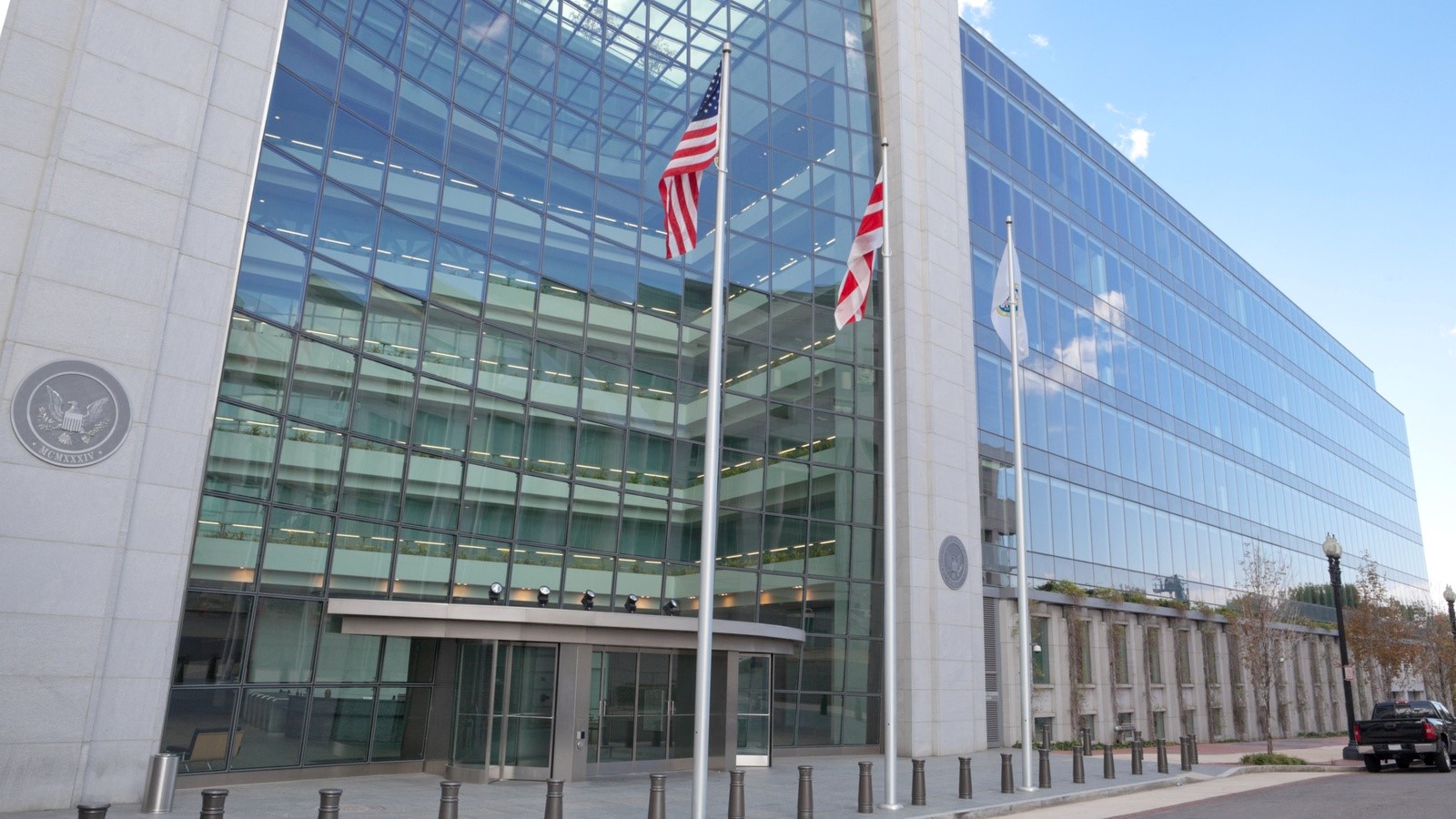
In response to advocacy by the NAM and the Kentucky Association of Manufacturers, the Securities and Exchange Commission has granted privately held companies temporary relief from a punishing new rule interpretation that would have required them to expose confidential financial information to the public.
The background: In 2020, the SEC finalized a rule designed to increase disclosure obligations for companies issuing over-the-counter equity securities (“penny stocks”). The following year the SEC published a new interpretation of the rule, to take effect in January 2023, which broadened the disclosure requirement to include private companies issuing corporate bonds.
- Late last month, following an emergency petition for interim relief from the NAM and the KAM, the SEC granted a two-year stay of the new interpretation—so private companies will not face the new public disclosure obligations until January 2025.
- Corporate bonds can only be purchased by large institutional investors (which already have access to issuers’ financial information), not retail investors, so the risks of fraud that spurred the 2020 rule are nonexistent in this market.
A victory—for now: “This is a win for private and family-owned manufacturers raising capital for job-creating investments and planning for growth,” NAM Senior Director of Tax and Domestic Economic Policy Charles Crain said.
Damaging effect: The NAM recently released a study showing the significant economic damage that would result from forcing private businesses to disclose confidential and proprietary financial information publicly. Among the key findings:
- The U.S. economy would lose 30,000 jobs per year in the early years after the new interpretation takes effect, rising to 50,000 lost jobs per year after five years and 100,000 lost jobs per year after a decade.
- Companies would face decreased liquidity and higher capital costs, including an increase in borrowing costs of up to 13%.
What we’re doing: The NAM and the KAM have filed a petition for rulemaking calling on the SEC to reverse course by clarifying—either by rule or exemptive order—that corporate bond issuers are not required to make public financial disclosures.
- The NAM and KAM have also asked Congress to protect manufacturers from the damage the new interpretation would cause.
The last word: “A two-year delay is a step in the right direction, but the SEC must act to permanently reverse this novel and misguided rule interpretation,” Crain said. “Especially at a time of rising interest rates, the bond market needs stability and manufacturers need low-cost and efficient access to capital.”
Manufacturers Release New Economic Analysis Pushing Back on SEC Bond Rule Interpretation
NAM and Kentucky Association of Manufacturers File Rulemaking Petitions to Protect Private Companies from Harmful Public Disclosure Mandate
Washington, D.C. – The National Association of Manufacturers released a new economic analysis on the damaging impact of the Securities and Exchange Commission’s attempt to force private companies to disclose financial information publicly.
The SEC’s new rule interpretation would apply to private companies that raise capital via corporate bond issuances under SEC Rule 144A. If the new interpretation takes effect as scheduled in January 2023, these businesses will face decreased liquidity and increased borrowing costs—leading to significant job losses and a decline in U.S. GDP.
Key Findings:
These impacts will be felt across the economy, resulting in 30,000 jobs lost each year over the first five years the new interpretation is in effect. The job losses will increase over time—rising to 50,000 jobs lost each year after five years and 100,000 jobs lost each year after 10 years.

These job losses are attributable directly to the decreased liquidity and increased borrowing costs associated with the SEC’s new interpretation.
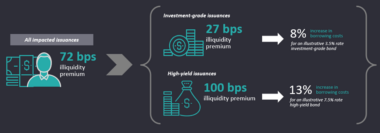
NAM Speaks Out:
NAM Managing Vice President of Tax and Domestic Economic Policy Chris Netram released the following statement:
“At a time of rising interest rates and economic uncertainty, manufacturers cannot afford for the SEC to roil the bond markets arbitrarily. With tens of thousands of jobs at stake, the SEC must act by year’s end to reverse this misguided interpretation.”
NAM Action:
Today, the NAM and the Kentucky Association of Manufacturers are filing two petitions for rulemaking with the SEC seeking to stop the harm this new rule interpretation would cause.
The NAM and the KAM are calling on the SEC to reverse course by clarifying—either by rule or by exemptive order—that Rule 144A issuers are not required to make public financial disclosures. The NAM and the KAM are also seeking emergency interim relief to prevent the new interpretation from taking effect in January.
Background:
- SEC Rule 15c2-11 requires broker dealers to ensure that key information about issuers of over-the-counter equity securities is current and publicly available prior to quoting those issuers’ securities freely.
- SEC Rule 144A allows for resales of securities (primarily corporate debt issuances) to qualified institutional buyers—large financial institutions that own or manage more than $100 million in securities. Retail investors cannot purchase Rule 144A securities. Notably, under Rule 144A, issuers are obligated to make their financial and operational information available to QIBs.
- In September 2021 and December 2021, the SEC’s Division of Trading and Markets issued no-action letters applying Rule 15c2-11 to Rule 144A debt; the new requirements take effect in January 2023. This decision contradicted the historical application of Rule 15c2-11 to OTC equity securities and bypassed important rulemaking safeguards required by the Administrative Procedure Act.
- The NAM has weighed in with the SEC and Congress seeking to reverse this damaging interpretation.
-NAM-
The National Association of Manufacturers is the largest manufacturing association in the United States, representing small and large manufacturers in every industrial sector and in all 50 states. Manufacturing employs more than 12.9 million men and women, contributes $2.77 trillion to the U.S. economy annually and accounts for 58% of private-sector research and development. The NAM is the powerful voice of the manufacturing community and the leading advocate for a policy agenda that helps manufacturers compete in the global economy and create jobs across the United States. For more information about the NAM or to follow us on Twitter and Facebook, please visit www.nam.org.
